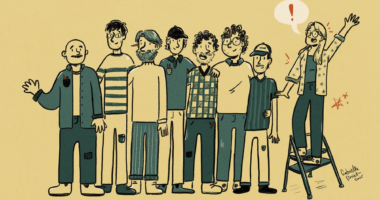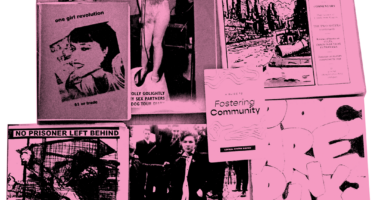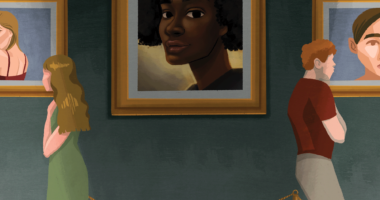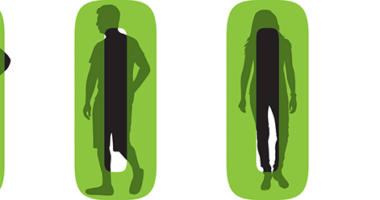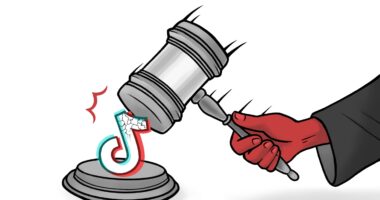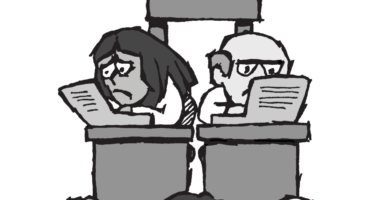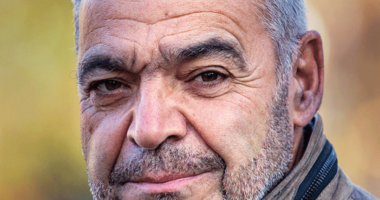Browsing Category
The Magazine
154 posts
Don’t Call Me Dangerous
On a rainy evening in November 2024, the Black Sheep pub in Toronto’s Liberty Village was alive with a warm energy. The space buzzed with laughter and chatter as guests showed up to attend the launch party for the sixteenth issue of Queer Toronto Literary Magazine (QT). The issue, “Dream State,” was dedicated to celebrating trans and non-binary voices.
Not Talked About
On a cold evening late last fall, the crisp air urges guests to pull their coats tighter. When guests step inside capsul Studio in Toronto’s Liberty Village neighbourhood, the space radiates coziness, not just from the heating but from the energy of attendees. Conversations mix with the soft hum of background music.
Strength in Numbers
In 1994, Fred Vallance-Jones had been a journalist for 10 years, travelling across western Manitoba reporting stories for CBC Radio. Intrigued by a new and rapidly growing type of journalism called computer-assisted reporting, he flew to Ottawa to attend a training session organized by the Canadian Association of Journalists (CAJ). “They pulled out this mysterious database software called FoxPro, and I was amazed by what it could do,” he recalls.
Lights, Camera, Fact Check
If you’ve ever watched The Newsroom or The Morning Show and thought, “Wow, journalism looks thrilling,” you wouldn’t be alone. Fast-paced newsrooms, dramatic interviews, and high-stakes ethical dilemmas make for compelling television. But these depictions raise an important question: how much of this is real, and how much is entertainment?
When We Become the Story
As journalists we want to report the story, not become the story. Sometimes, though, it’s unavoidable. Back in December 1992, an investigation I did into drug trafficking and corruption with a team from CBC’s The Fifth Estate led to the shocking suicide of a senior RCMP inspector the day before we went to air. Then there are some famous cases when our own media companies become the story—like when Fifth Estate broadcast “The Unmaking of Jian Ghomeshi” in 2014, exposing how CBC mishandled sexual assault allegations against its former star radio host.

